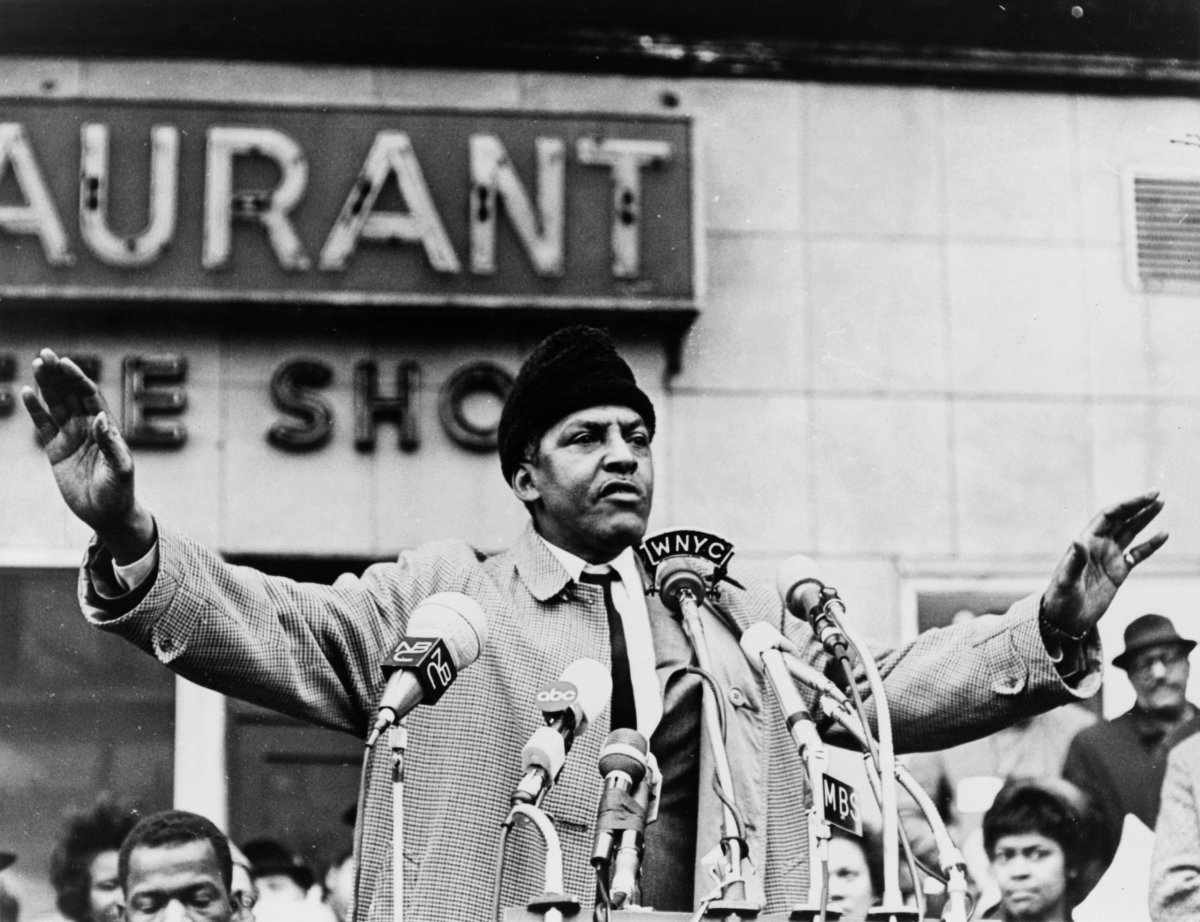By Ellen Keohane
Few students in Elka Gould’s two video production and editing classes at Stuyvesant High School in Lower Manhattan gave transportation much thought — unless they found themselves delayed or stranded on their commute to or from school — until she told them they’d be spending the year working on a documentary about it.
Initial student response to the idea was not very positive. “They were really outraged when I proposed this to them,” said Gould.
“I had no idea that class would be about this,” said 17-year-old senior Emanuel Cavalieri, who worked as a director, editor and writer on the film. “But something that seemed so dry — turned into something engaging and interesting.”
Cavalieri is graduating and plans to study film and law next year at New York University.
On June 15 close to 100 people, including students, parents, residents, Lower Manhattan community leaders and city officials, packed into the William and Anita Newman Conference Center at Baruch College to watch the premiere of the students’ full-length documentary “Going! A Glimpse of Transportation and the Changing Environment of Tribeca.” (The school is in Battery Park City but borders Tribeca.)
The high school received a $18,540-community action grant for the project from the Urban Land Institute, a nonprofit research and education organization. The school’s proposal was one of six selected out of 46 grant submissions from across the United States.
Located at 345 Chambers St., Stuyvesant High School is a specialized school for mathematics, science and technology. More than 3,000 students commute to the school from all five boroughs via a combination of cars, buses, trains and ferries. Many travel more than an hour each way to get to school.
Over the course of the school year, the students shot hundreds of hours of footage including interviews with representatives from the Metropolitan Transportation Authority, the City’s Department of Transportation, and the Lower Manhattan Development Corp., as well as elected officials such as Councilmember Alan Gerson.
Although there was no red carpet, some of the students still dressed up in jackets and ties, or skirts or dresses in honor of the event. Others were more casual—and creative. “I’m dressed as a taxi,” said Cavalieri, who wore a bright orange shirt, black pants, and black and white checkered shoes.
New York City D.O.T. Commissioner Iris Weinshall introduced the film. Weinshall, who had already viewed an advanced copy of “Going!,” thanked the students for their insights and creativity in presenting solutions to the transportation challenges that face a post 9/11 Lower Manhattan. Weinshall’s oldest daughter, Jessica, who graduated from Stuyvesant High School in 2002, accompanied her mother to the premiere.
Following Weinshall’s introduction, a growing number of people huddled around the unresponsive laptop set to play the DVD of the documentary. After a tense half-hour, the computer glitch was worked out and the film started with a round of applause.
The documentary began, like many of the Stuyvesant High School students’ days, with a beeping alarm clock at 6 a.m., followed by a commute hindered by forgotten bus fare, re-routed subway trains and various transfers.
Although the 48 students who worked on the documentary spent the last two to four years walking through Tribeca to get to high school, many admitted in the film that they weren’t very familiar with the neighborhood. During one segment, student interviewers asked other students to describe Tribeca. Responses included “posh,” “upscale” and “trendy.”
But when students spoke with long-term Tribeca residents and business owners, they learned how much the neighborhood had changed over the past 10-20 years. “There used to be nobody here,” said one resident interviewed in the film. Now, there are more families in the neighborhood, as well as more upscale restaurants and office buildings, said another.
With the growing population in Tribeca comes stress on roads and public transportation. Businesses are suffering because there’s no place to park, said one Tribeca business owner interviewed in the film. The subway is too congested and hard to navigate, said another.
Footage from Sept. 11, 2001, shot by Gould, was also included in the film. Stuyvesant High School is just a few blocks from ground zero. Many of the students who worked on the film had just started their freshmen year at the school at that time. Some shared their memories in the film and told stories about evacuating the school, walking Uptown along the West Side Highway and looking back at one of the burning towers. “We are the 9/11 class,” said one senior.
Following the screening Gould, 48, talked about how her idea for the film came from walking to school. “I thought, this is craziness how pedestrians, cars and construction [are] all going on at the same time,” she said. “We started with the idea and then we had to work quickly and amass information as fast as possible.” One of the first steps was reaching out to the community, she said.
Richard Corman, chairperson of the Tribeca Organization, helped put together a list of people we should talk to, said Gould. Corman also organized a filmmakers’ salon with several students at Downtown Community TV a few months ago. Documentary filmmakers viewed early footage of the film and gave candid and strong advice to the students, said Corman.
“It’s a great idea and a great project,” said Corman. “It’s a good first step to link the school to the community.” The students see transportation in new, fresh ways at the end of the film, he said. They brought an honest, new perspective to these issues.
D.O.T. Lower Manhattan Borough Commissioner Steve Weber, who appeared in the film, also attended the documentary premiere. “It’s great to see how the students view transportation,” he said.
“I’m a huge fan of public transportation,” said Cavalieri, who commuted from Forest Hills, Queens every day to get to school. “It’s an experience for me. I love it.”
WWW Downtown Express



































